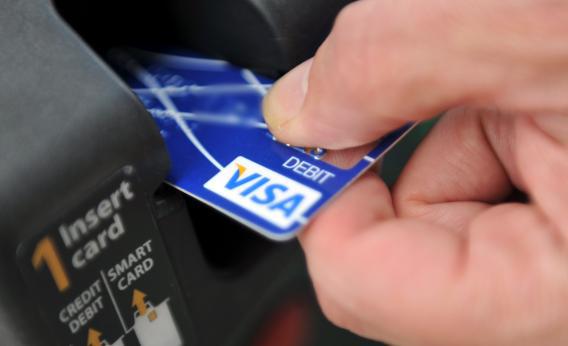It has been an odd few weeks for those who attempt to fathom where the US economy is headed. Making things worse, the haze of electioneering spin increases the usual frustration that the average person feels when confronted with contradictory data – or with contradictory interpretations of those data.
Unemployment numbers and consumer confidence – both trending upward – have been seized upon by the White House and the Obama campaign (they are, technically, separate entities) to suggest morning in America is just around the corner, just as they’d always planned.
Republicans and Mitt Romney’s campaign (warring entities with a mutual purpose) trumpet the bad news and invariably lay it all at Obama’s door step – home values still in the tank, Obama’s health care plan part of a policy environment that makes growth impossible, and, of course, rising gas prices (an excellent reality check on that today from the FT’s Martin Wolf, btw).
Much of this kind of analysis is futile or, at best, quick to go out of date. The markets and the media demand that economists and other prognosticators project educated (or politicized) guesses into cyberspace. But the vast majority of these predictions are tinged with self-interest or desperately shallow.
Certainly, anyone getting their economic news from the White House Twitter feed or Romney’s campaign bus is a lost cause. But more disturbing is the tendency of economic and financial professionals – and the journalists and bloggers who cover them – to vastly overhype the incremental ticks in this or that index.
This week, for instance, we learned that Fed data showed that figures on consumer credit in January – only just compiled – expanded sharply in what Bloomberg decreed a “a generally positive sign for the economy.”
While this is a useful statistic, one has to wonder: Whose economy is this good for? The deleveraging US economy that, four years ago, rode a credit bubble to the brink of the abyss? Obviously, economic activity needs to pick up, which means demand must rise. But you can get the very distinct impression from the way these stories are covered that the economic consensus favors re-inflating a bubble in credit – or consumer confidence – or just about anything measurable and then open to positive spin – over repairing the dysfunctions that caused the Great Recession in the first place.
Unfortunately, we live in a world where consumer credit and consumption – the latter accounting for about 70 percent of GDP in our wildly imbalanced economy – really are the only easily stoked forms of economic growth. “Rebalancing,” the holy grail of macro economists, would seek to lower the importance of consumption in the US (and other “deficit” economies), while pumping it up in high savings lands like China, Germany and many emerging economies.
Quite contrary to the headlines, the positive long-term development of the past few years is not that consumers still want to max out their credit cards at the mall but, rather, that the financial crisis brought a major rise in American savings rates. The recession pushed the US savings rate—the percentage of income saved per month on average—up to 4.9 percent in mid-2010, a nearly five-fold increase over 2005, when the rate was, for all intents and purposes, zero.
The government should be doing all it can to encourage this trend – but the latest savings rate number, for January, had fallen to 4.6 percent, according to the Bureau of Economic Analysis. The US savings rate could go back to zero, too, if we all join in the cheerleading for “consumer spending” before US households deleverage. This would be a deeply dark omen for a country still trying to convince its creditors abroad that it is serious about getting its fiscal house in order.
Over the long-term, neither another credit bubble nor another reckless spending binge fueled by “consumer confidence” and “retail consumption” will save the US economy from foundering again. The US needs to restructure – not only the federal government, but its households – and this will take time.
Individual Americans can do themselves and their country a favor by pushing that savings rate up further, back toward the roughly 8 percent range of recent decades (as recently as 1983, just after the 1981 recession, the figure was over 10 percent).
Federal tax policies should change to encourage this – just as it should be providing irresistible incentives for corporations sitting on record hordes of cash (i.e., corporate “savings”) to plow it back into the economy by hiring and investing in physical plant and R&D.
Why doesn’t any of this get spoken of on the campaign trail? Because politicians know this involves working with their opponents, and Americans hate this kind of frumpy, uncool, Ozzie and Harriet advice. Dispensing with irrational exuberance is equated with defeatism, or various other –isms that our politicians like to throw around without fully understanding.
The –ism I prefer in this case is “realism.” There’s precious little of it still.
